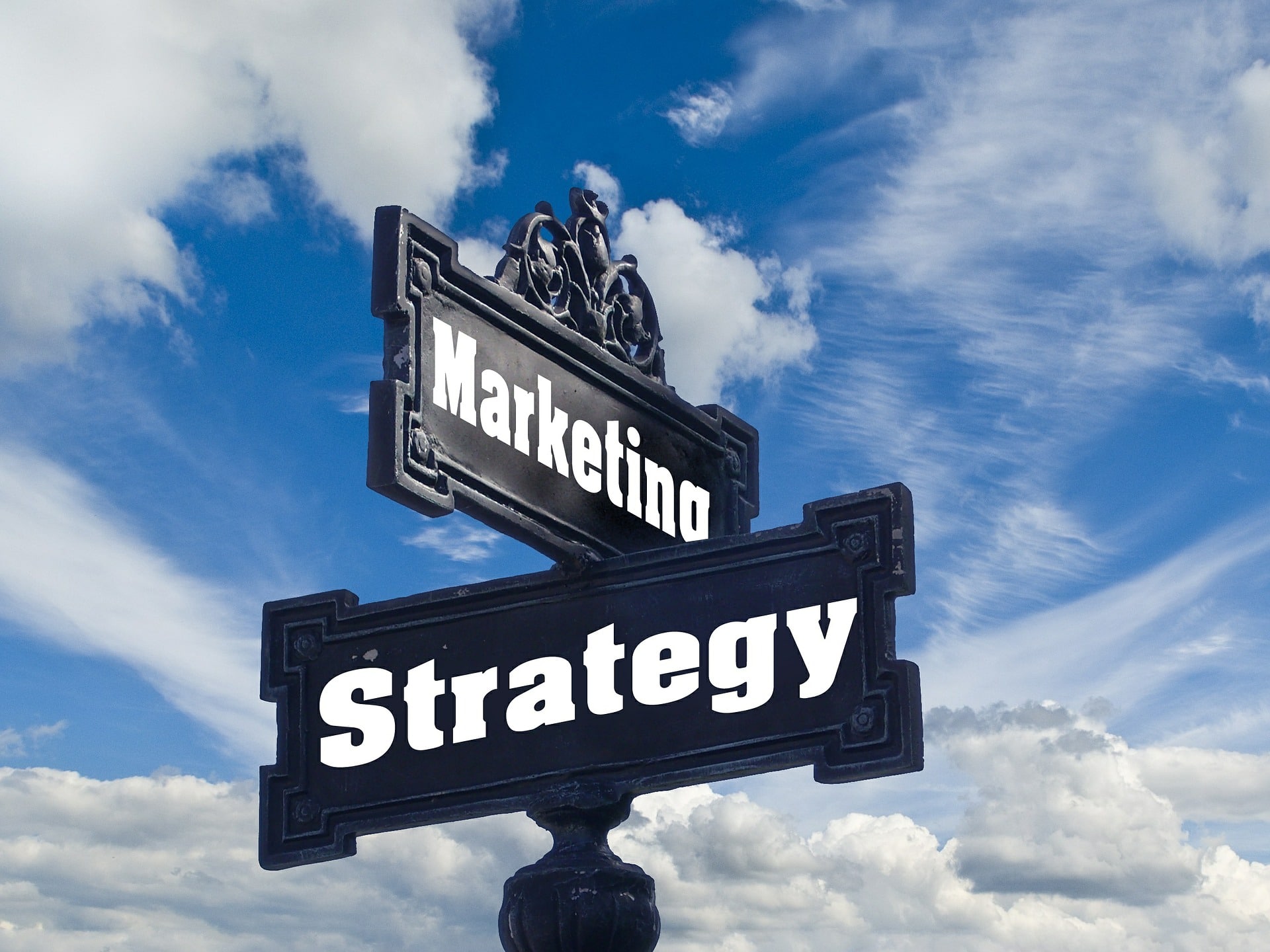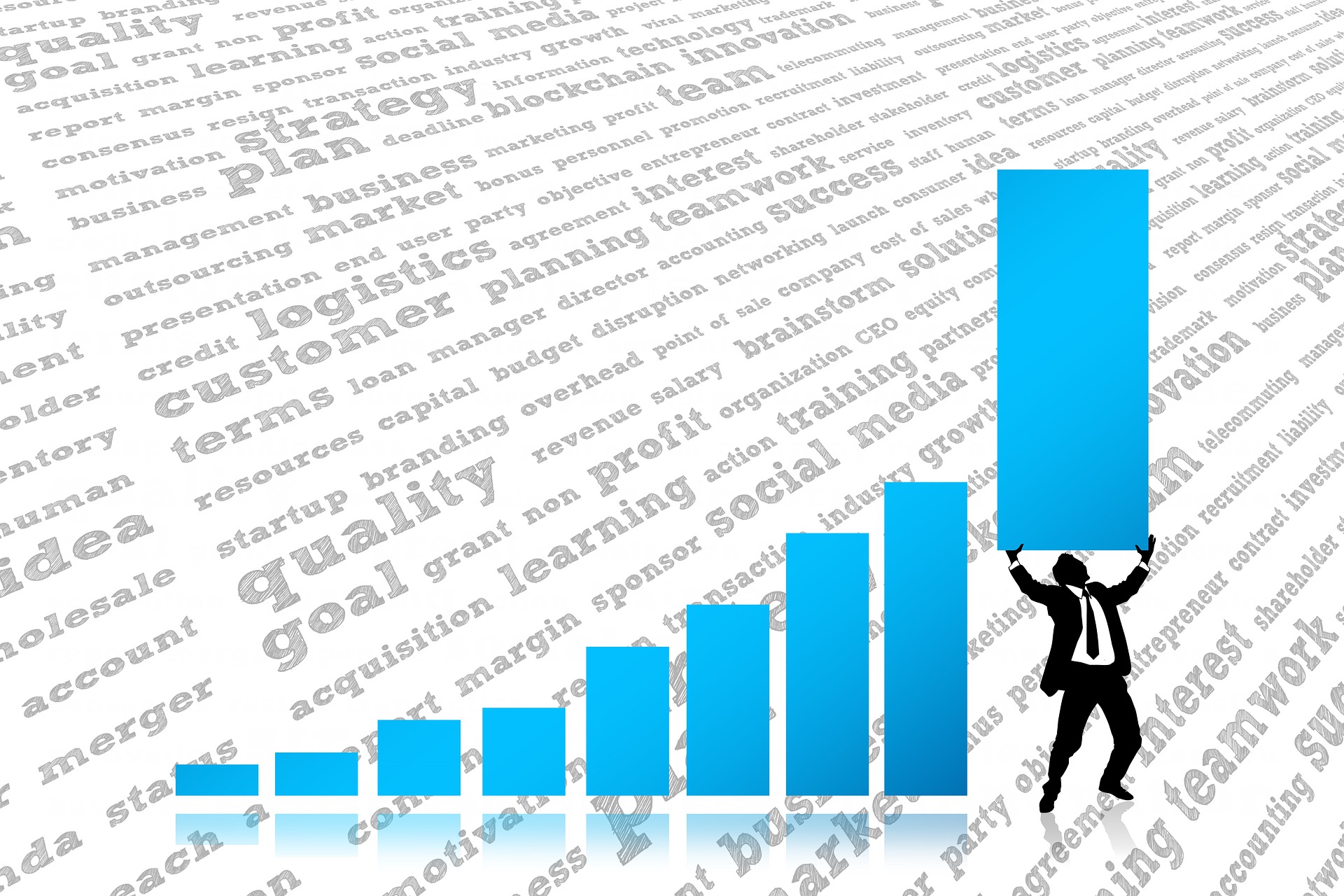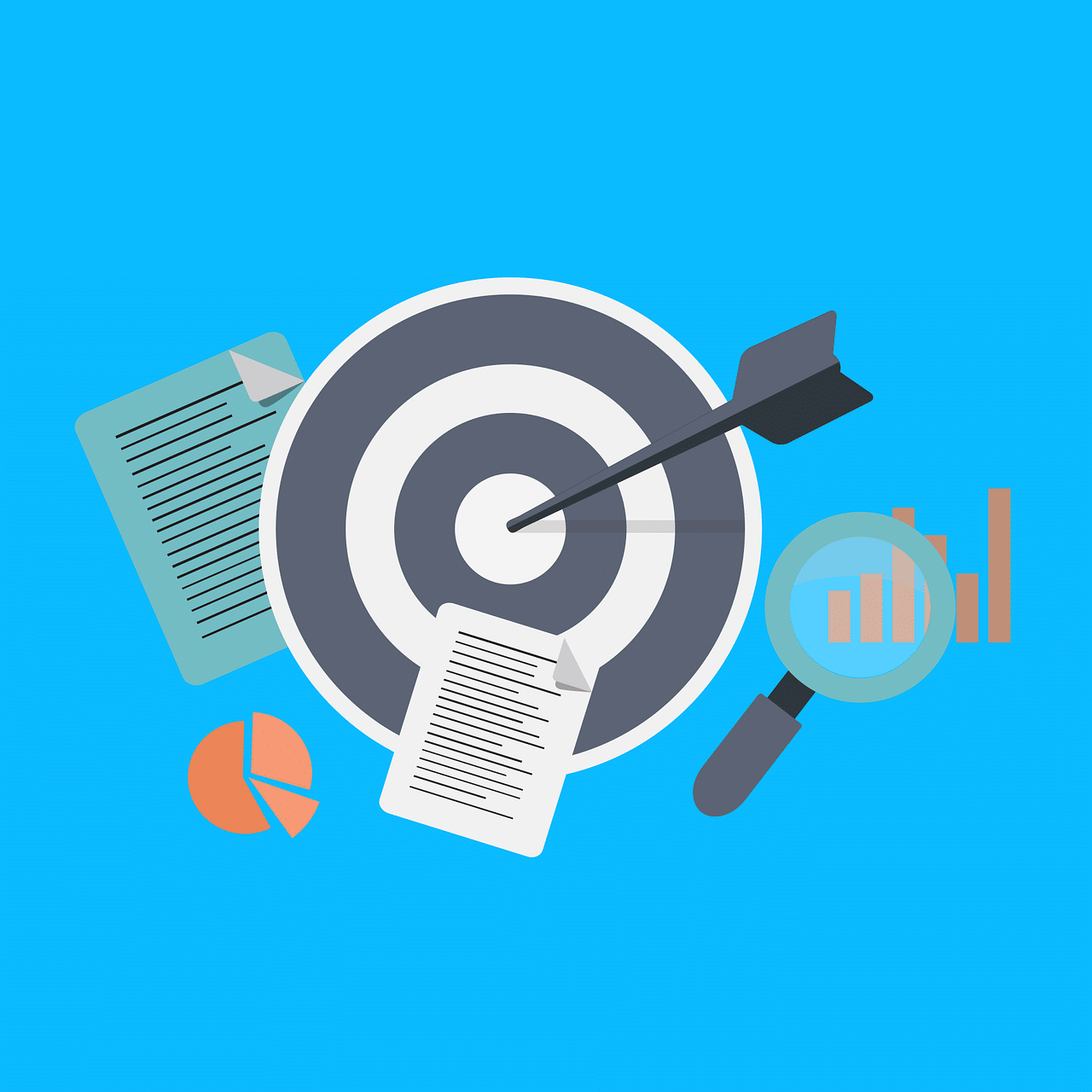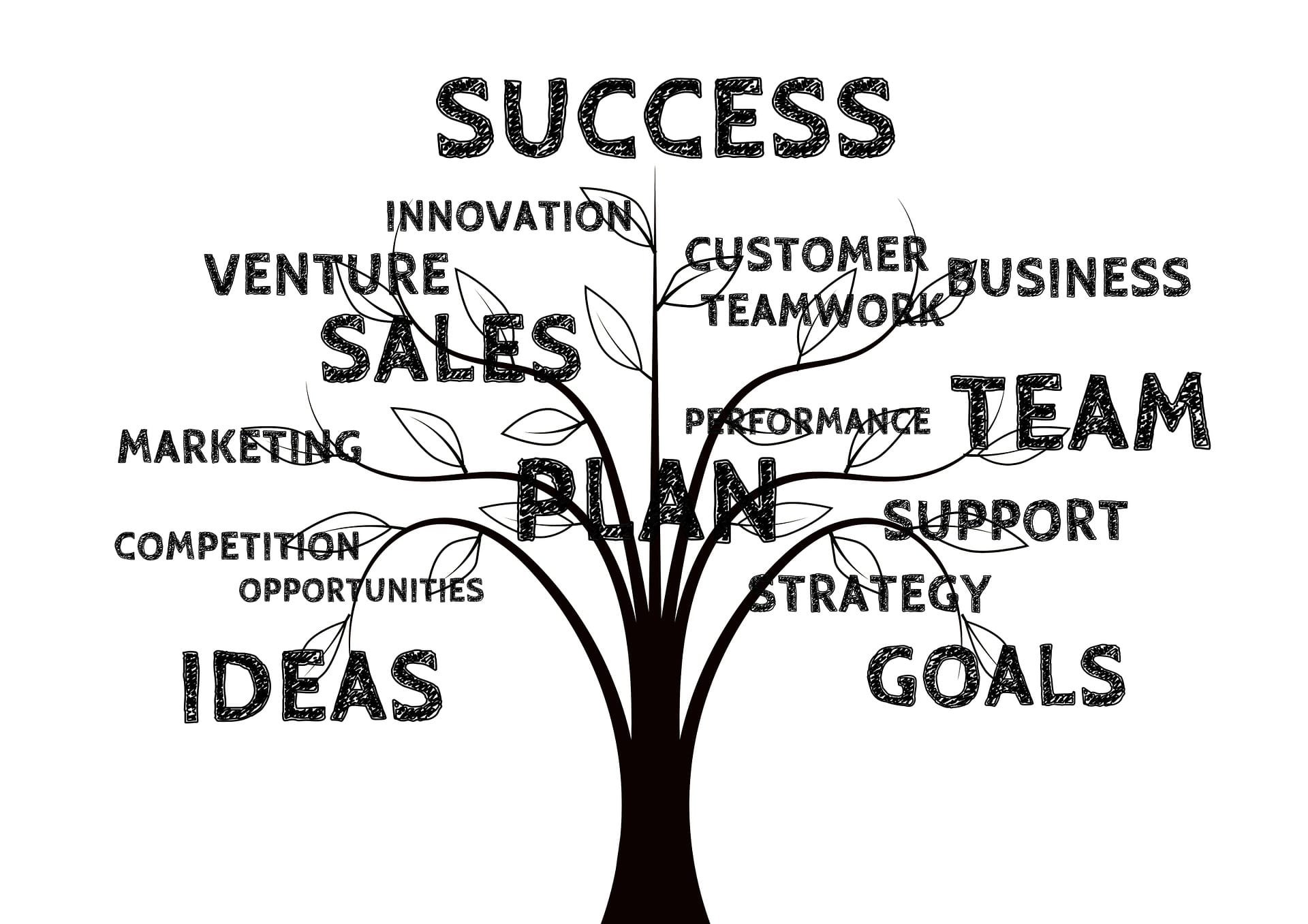Over the years, you’ve probably acquired your fair share of what you now think of as junk. As the pace of technological innovation increases, the lifespan of products seems to be shortening all the time. But this general tendency is nothing new. In fact, the product life cycle (PLC) has long been an integral part of new product development.
When businesses launch a new product or a new service, they recognise that it isn’t going to last forever (though, of course, some products and services can have a very long lifespan). They have to consider all this from the outset: how they launch new products, then their maturation phase, all the way through to their eventual decline and retirement.

Most of this planning goes on out of the view of consumers, of course. But when you think about it, it makes sense. No manufacturer or service provider can work on the assumption that a newly-launched product or service will endure infinitely into the future.
So, when we talk about the product life cycle, it’s important to understand exactly how it’s understood and used in product marketing. That’s what we’ll explore in this guide. The product life cycle concept informs practically every aspect of business decision-making, so it’s crucial to everything from pricing and marketing to breaking into new markets.
In this in-depth article, we’ll provide a concise definition of the product life cycle model and outline its various stages. We’ll also break down how product life cycles work, and how your business might put them into practice. Then we’ll examine practical examples of product life cycles and look at some of the ways they can be extended by effective product lifecycle management (PLM).
Defining the Product Life Cycle
The term ‘product life cycle’ refers to the respective stages of a process each product goes through, from its initial launch to its retirement and withdrawal from the market. Marketers bear these stages in mind when working out what to do with a particular product.
We’ll discuss this in more detail in the following section, but four different stages of the product life cycle: its introduction stage, its growth phase, its maturity, and its decline. The lengths of these different stages can vary quite substantially. Some products may have a long growth stage, while others might rapidly reach maturity and soon decline.
Obviously, there’s also a development stage that precedes a product’s introduction to new markets, but for our purposes, it’s more relevant to concentrate on the four phases we’ve just outlined.
Product life cycle analysis is central to marketing strategies for both new and existing products and other decision-making processes, such as pricing. Once a particular product has already reached its saturation point, marketers then need to think about how they might prevent (or delay) the onset of the decline stage.
It might be that the introduction of some new features could help it to maintain market share. However, for most products, strategies such as these are likely to have only limited efficacy. It then becomes a matter of managing their decline and preparing replacements.

Stages of the Product Life Cycle
As we’ve just been discussing, the product life cycle has four general phases: introduction, growth, maturity, and decline. The length of each phase will depend on the particular characteristics and lifespan of individual products and the prevailing market conditions.
It’s important to point out here that the vast majority of new product launches fail. In fact, one expert from the Harvard Business School has estimated that 95 per cent of the 30,000 new products launched each year end up as failures.
However, on the flip side of the coin, some products establish themselves as long-term fixtures. When Apple first launched its iPhone in 2007, few would have predicted that it would still be such a phenomenon all these years later. Through savvy marketing, a strong brand, and continual innovation, the iPhone remains a huge seller.
Simultaneously, though, Apple’s iPhone has been so successful largely because the company understands the product life cycle so well. It has been able to judge when existing models are approaching the end of their lifespan and replace them with new ones. This has served to bolster Apple’s reputation as a reliable innovator.
It goes without saying that very few products can expect to endure in the same way Apple’s iPhone series has. But it is an interesting case study and one that demonstrates the value of understanding the product life cycle. The ability to anticipate each stage as it comes, and to read market conditions astutely, is of the utmost importance in this regard.

PLC Stages: What are They and What Do They Mean?
So, following on from our discussion in the previous section, let’s look at the respective phases of the product life cycle in more detail:
-
Introduction
The initial launch phase of a new product’s life cycle. Introducing a new product usually requires substantial investment in marketing (content, email, social media, and other variations) to make consumers aware of it and understand what it can offer them.
-
Growth
If the product succeeds in establishing itself – and this isn’t guaranteed, as we’ll go on to discuss – it then enters its growth stage. This is marked by rising consumer demand for the product, which requires the product to be made more widely available. This necessitates, therefore, an expansion in production.
-
Maturity
Once a product has become established in the market and has passed through its initial burst of growth, it settles into its maturity stage. This is the most profitable of the four stages; both production and marketing costs tend to decline.
-
Decline
As competitors catch up with a particular product’s success – launching their own equivalents, perhaps at lower prices or with extra features – it tends to go into decline, losing market share in the process.

Understanding How Product Life Cycles Work
In our discussion of the iPhone, we noted that a savvy understanding of the product marketing life cycle could be the difference between enormous success and abject failure. We also pointed out that most new product launches don’t succeed.
The steps you take in each stage of the product life cycle can decide the length of the overall life of a product. Let’s look at the product life cycle, stage by stage.
Introducing a new product
When you’re introducing a new product to the market, the key objective is to build consumer awareness. Consumers are constantly being bombarded with demands for their attention, and new product launches are ten a penny. Standing out from the crowd is, therefore, tough.
In the initial introduction phase, new products are generally relatively little-known (unless they have a major brand behind them) and production also tends to be fairly small. This is because most product manufacturers and marketers can’t afford to go all-in on a product whose chances of success are somewhat uncertain.
Advertising and marketing campaigns play an important role in making consumers aware of the new product and differentiation – in other words, distinguishing it from rival products. If the introduction succeeds, the product will move into its growth stage.
The growth phase: expanding market share
Once a new product has established itself in its particular market, marketers can then focus on expanding its market share. This involves building brand and product awareness and elaborating on the specific benefits of the product concerned.
Consumers are starting to embrace the product during the growth stage, with demand and profits growing in tandem. At the same time, competitors will see this product’s growing success and will look to muscle in on its market share. Marketing strategies need to consider and find ways of keeping the original product ahead of its new rivals.
There are other practical implications to consider. As production increases, profits increase and prices decline. However, by scaling up too quickly, businesses may prove to be overly ambitious, leaving themselves unprepared for what follows.
Alternatively, they may find that their initial success doesn’t endure. Excessive ambition as a result of early growth may serve to shorten the lifespan of a particular product.

Reaching the maturity stage.
Once a product’s initial growth spurt begins to slow, it moves into its maturity phase. In this phase, sales growth tapers off, and competitor products establish themselves. Marketing strategies focus even more on emphasising differences with these competitors.
In this phase, marketing campaigns thus tend to centre on differentiation – for example, pointing out unique product features that rivals can’t offer – instead of raising brand awareness (the primary focus of the introduction and early growth stages). Reinforcing existing brand messaging is another key focus.
As competitors expand their own share of the market, the original product will see sales growth slow. This may be an indication of market saturation. An emphasis on differentiation and other unique offerings such as customer experience and lower pricing can ward off stagnation.
The decline stage
If the product doesn’t establish itself as the key standard-bearer and market leader, then at some point, it is likely to go into decline. The product is also likely to decline if it is superseded by innovations which perform a similar role but do so better.
Therefore, distributors and retail outlets may drop the product from their ranges and replace them with newer alternatives. This can mean that prices increase as supply becomes scarcer; something which is likely to compound the decline in sales.
Marketers are faced with a dilemma at this stage. They may decide that it is no longer worth their while to continue marketing the product and thus discontinue it altogether.
Alternatively, they may try to relaunch it in some form to serve new uses or attempt to break into new markets that might prove to be more fertile territory. They may also slash prices, introduce new packaging, or relaunch the product with new and unique features.
There are some ways to extend the product life cycle, which we’ll discuss later.

Making the PLC Marketing Model Work for a New Product
Now that we’ve outlined the PLC marketing model and explained how it works in general, we need to look at it in more concrete and specific terms. There’s no one-size-fits-all solution. What works to maximise the life cycle of one product might not work so well for another.
Implementing these strategies, we should add, will inevitably require ongoing close collaboration. RingCentral’s desktop and mobile apps provide a comprehensive, one-stop solution for business communications – perfect for colleagues who might be separated by physical distance, but who need to remain in close contact.
When launching a new product, then, you need to have a rough idea of how to anticipate the various stages it’ll pass through during its lifespan. You should think about how you might differentiate your product from the competitors it’ll face if it succeeds in carving out a niche in the market. And, how to market it to consumers in its different phases.
Most importantly, throughout your product’s life cycle, you need to understand which stage it has reached. You should be able to deduce this from looking at growth rates and market share, for instance. A thorough appreciation of your product’s progress through its life cycle can help you plan marketing strategies, product updates, and future new product launches.
From video conferencing to team messaging, RingCentral’s all-in-one communications solutions are practical, straightforward, and easy to use.

Product Life Cycles in Practice
Bearing in mind our earlier discussion of product life cycle stages, we now need to think about how we might put this general understanding into practice. Let’s start at the beginning: the initial launch and introduction phase.
There are various marketing strategies you might use when introducing a new product. You may favour a rapid penetration strategy. In other words, launching the product at a low price with heavy promotion. Alternatively, you might prefer a slow penetration strategy, where the product is priced cheaply but with a slow-build approach to marketing.
In the introduction phase, the priority should be to establish a clear brand identity. Look for suitable partners who can help you promote your product and conduct consumer research. This is an effective way of deducing the likely consumer response. You may also wish to provide product demos or samples to influencers or key target markets.
Once your product has entered the growth stage, you can then focus on expanding market share by adding new features and improving product quality and opening up new markets and securing new distribution channels.
Negotiating the maturity phase is perhaps the trickiest aspect. At this stage, you can do much to determine how successful you are at staving off decline. Redefining target markets, breaking into new market segments, and winning consumers back from competitors, should all be key objectives.
If your product does enter its decline phase, you can expect both sales and profits to fall accordingly. There are various ways you might respond to these developments. You could cut back promotional expenditure, reduce prices to tempt consumers (or dispense of excess inventory), or scale back distribution, for example.
Another option is to sell the product or brand to another business. It may be that they’re able to make some ongoing niche for it. If they can’t, however, you’ve at least managed to offload a declining concern.

Extending the Product Life Cycle
As we’ve repeatedly emphasised throughout this guide, marketers can take steps to extend product life cycles. It’s not inevitable by any means that they should plunge headlong into decline after their initial growth phase.
Here, we’ll look at some key strategies for extending product life cycles.
Advertising and packaging
How you advertise and package your product – and who you target – matter a great deal. It would help if you always had a clear idea of your target demographics. It may be that, as your product enters its maturity phase, you can start to look for new demographics to which to target it.
A subtle shift in messaging can unlock a whole host of new consumers; people who might enthusiastically embrace your product if you can work out the right way to reach them.
Price competition
An obvious way of boosting flagging sales, as we’ve alluded to, is to cut prices. If your product has been superseded technologically by a competitor, for example, you might make yours a more attractive option by undercutting that competitor on price. This is common practice with smartphones, in particular.
Older generations of technologies may become good ‘budget’ options for those who can’t afford (or aren’t willing to pay for) more advanced alternatives. You may be able to relaunch products in this way, perhaps with the addition of some new features.
Branching into new markets
Another effective way of extending product life cycles is to enter new markets. When existing markets become saturated, with competitors eating into market share and constricting further growth potential, it may be necessary to look at alternative markets.
These may include new sectors or new geographical areas. Therefore, it’s important that even when your product is at the height of its success, you should keep one eye on new outlets – because you might need them sooner than you’d think.

Keeping On Top of Developments
Change is simply an integral part of commerce, which is why business models are evolving at a quickening rate. Unless you’re able to keep up with the pace, you’re likely to find yourself outstripped by more flexible rivals. This is an ever-present hazard.
There are all sorts of different reasons why a product’s sales taper off and then decline. It could be that it’s been outflanked or superseded by competitors. Alternatively, consumer behaviour may have changed so that the demand for the product no longer exists in the way it used to.
Customer engagement requires constant attention to consumer preferences, which are constantly in flux. These preferences are, in turn, influenced by new technological innovations in the relevant sectors. Some of which can radically reshape consumers’ lifestyles in general. We need only look at the revolutionary impact of cloud computing for an example.
It would help if you always strived to keep your finger on the pulse. Keep a watchful eye on new developments in key consumer markets and observe what your competitors are doing. This should help you extend the life cycle of existing products and learn valuable lessons when launching new ones.
Get more information on RingCentral Office Rapid Deployment.Find out more
Originally published Mar 03, 2021, updated Apr 10, 2023


